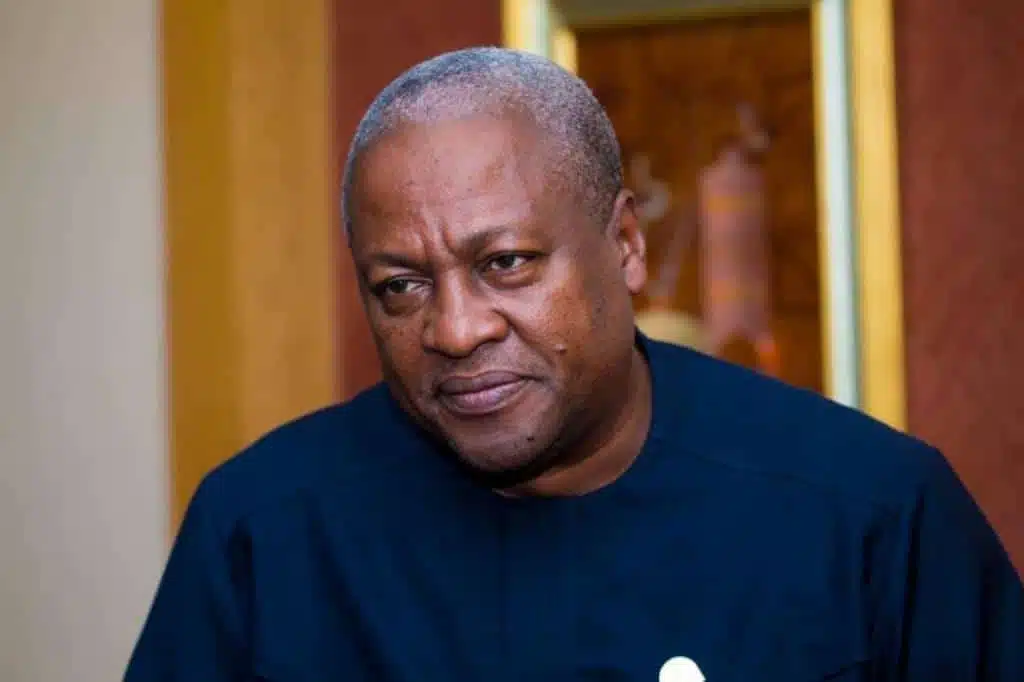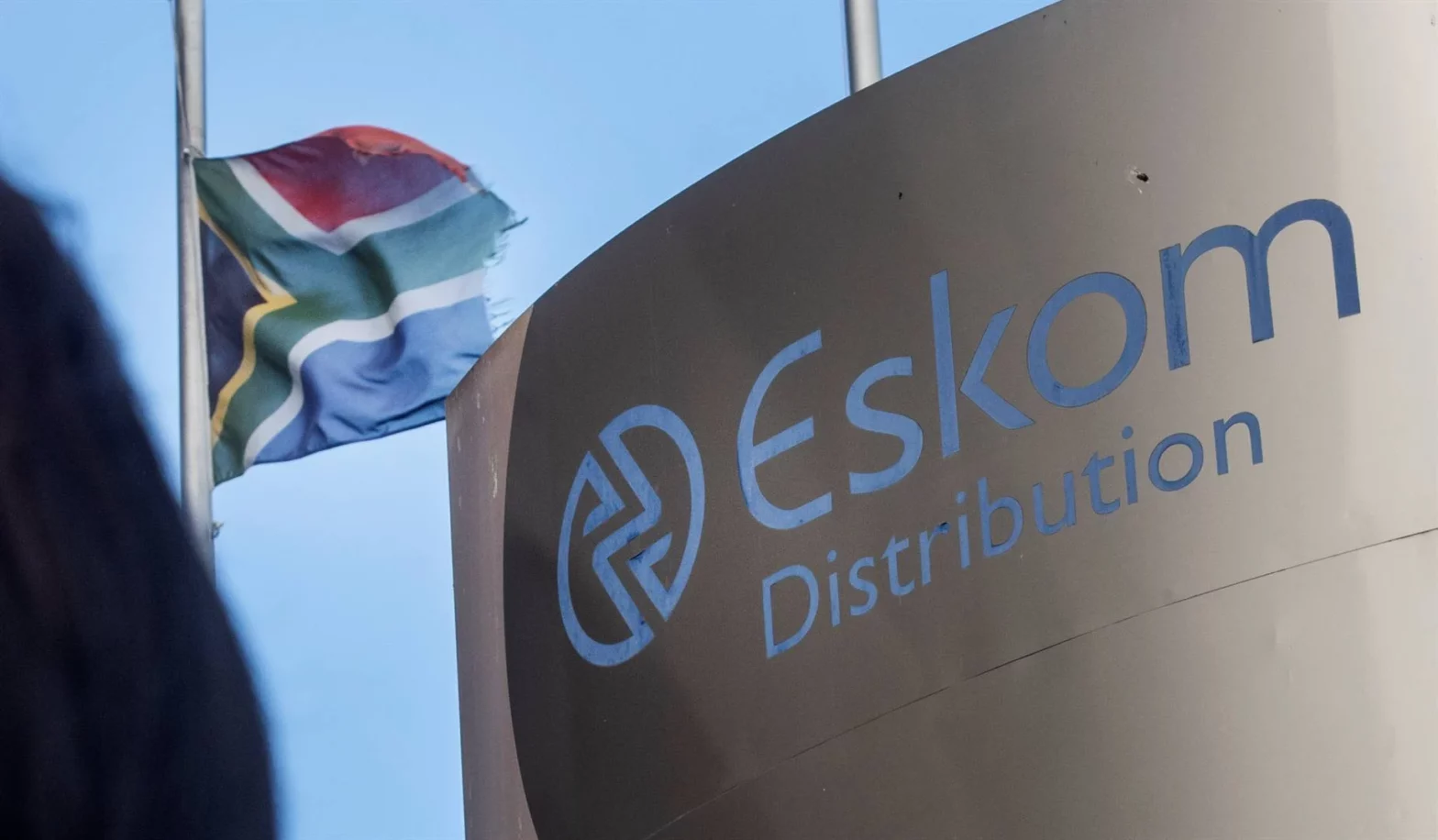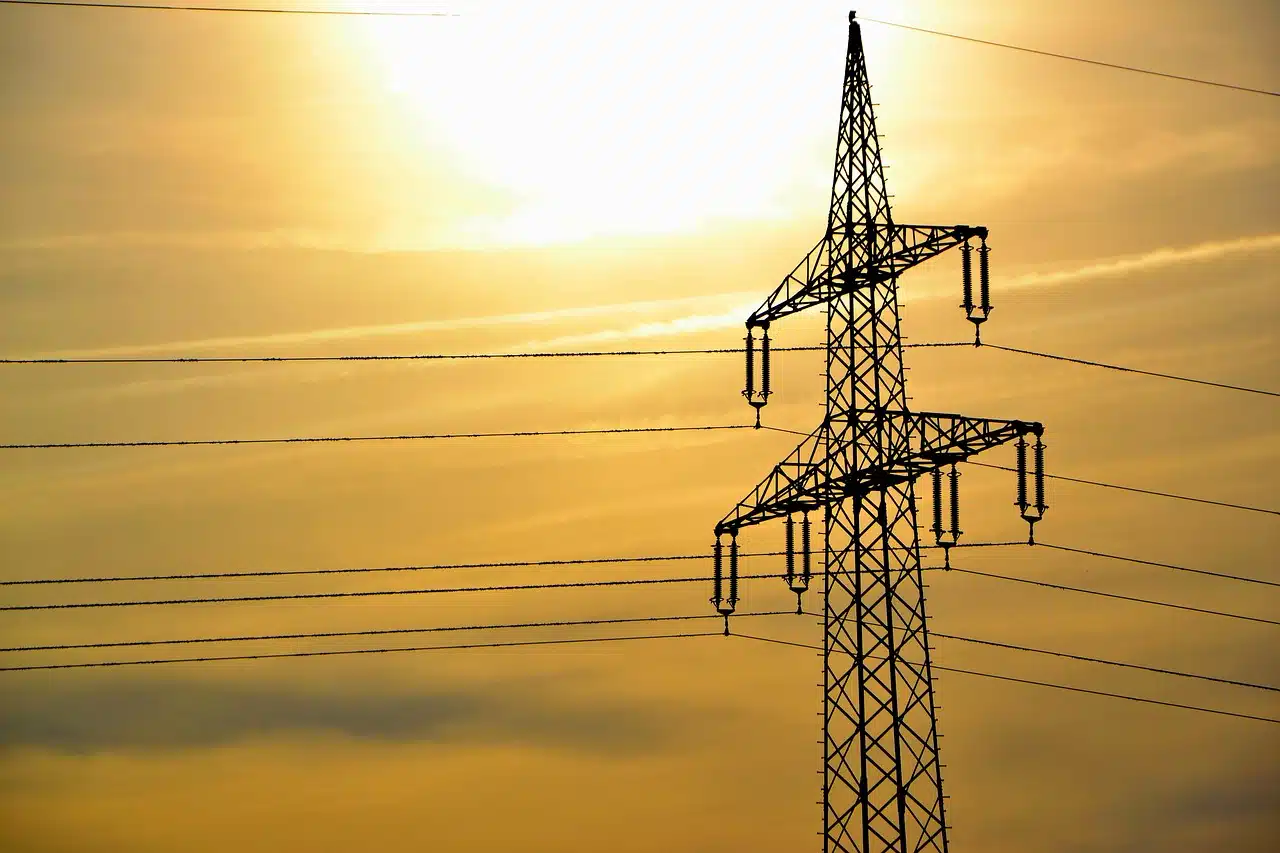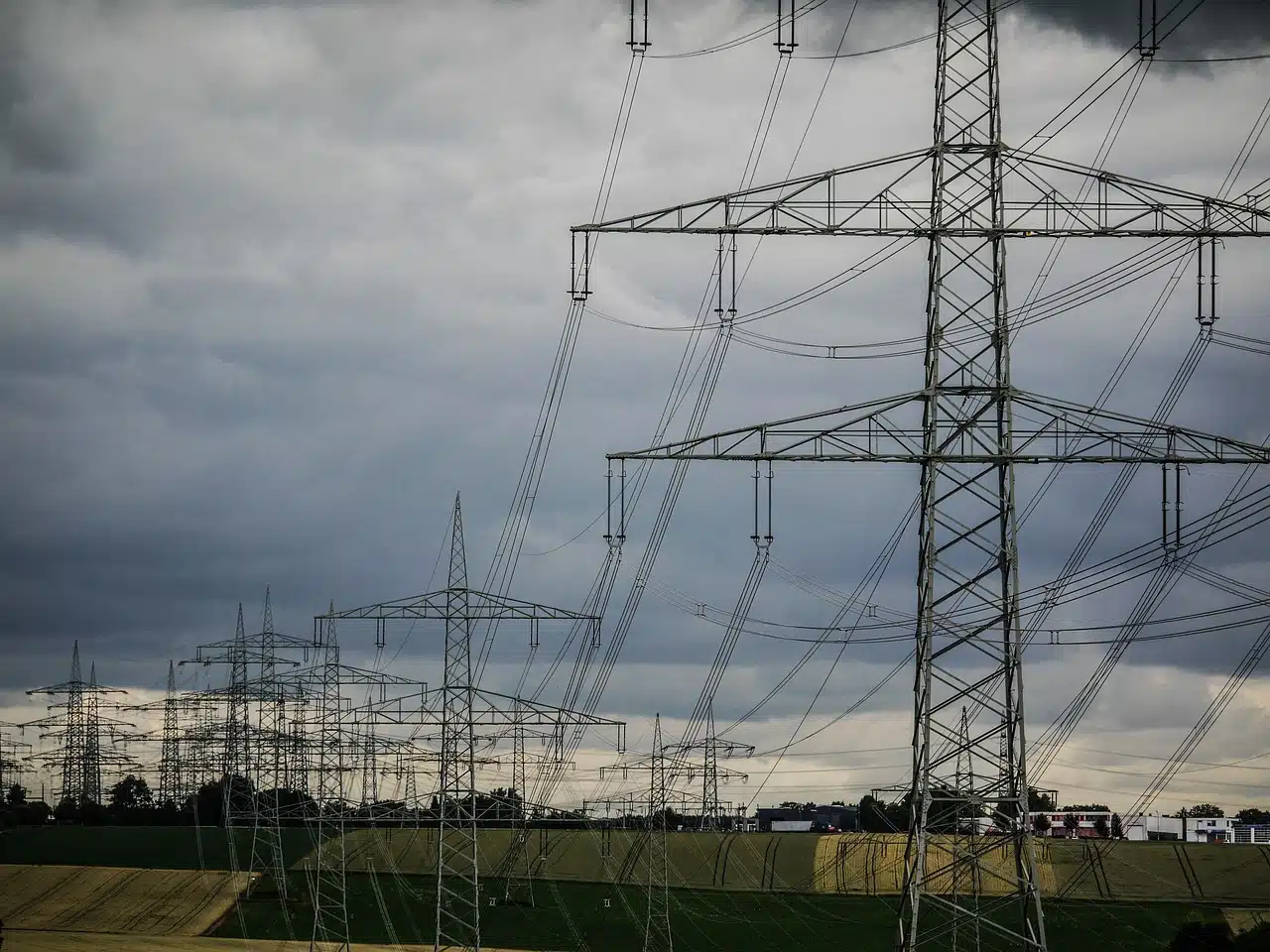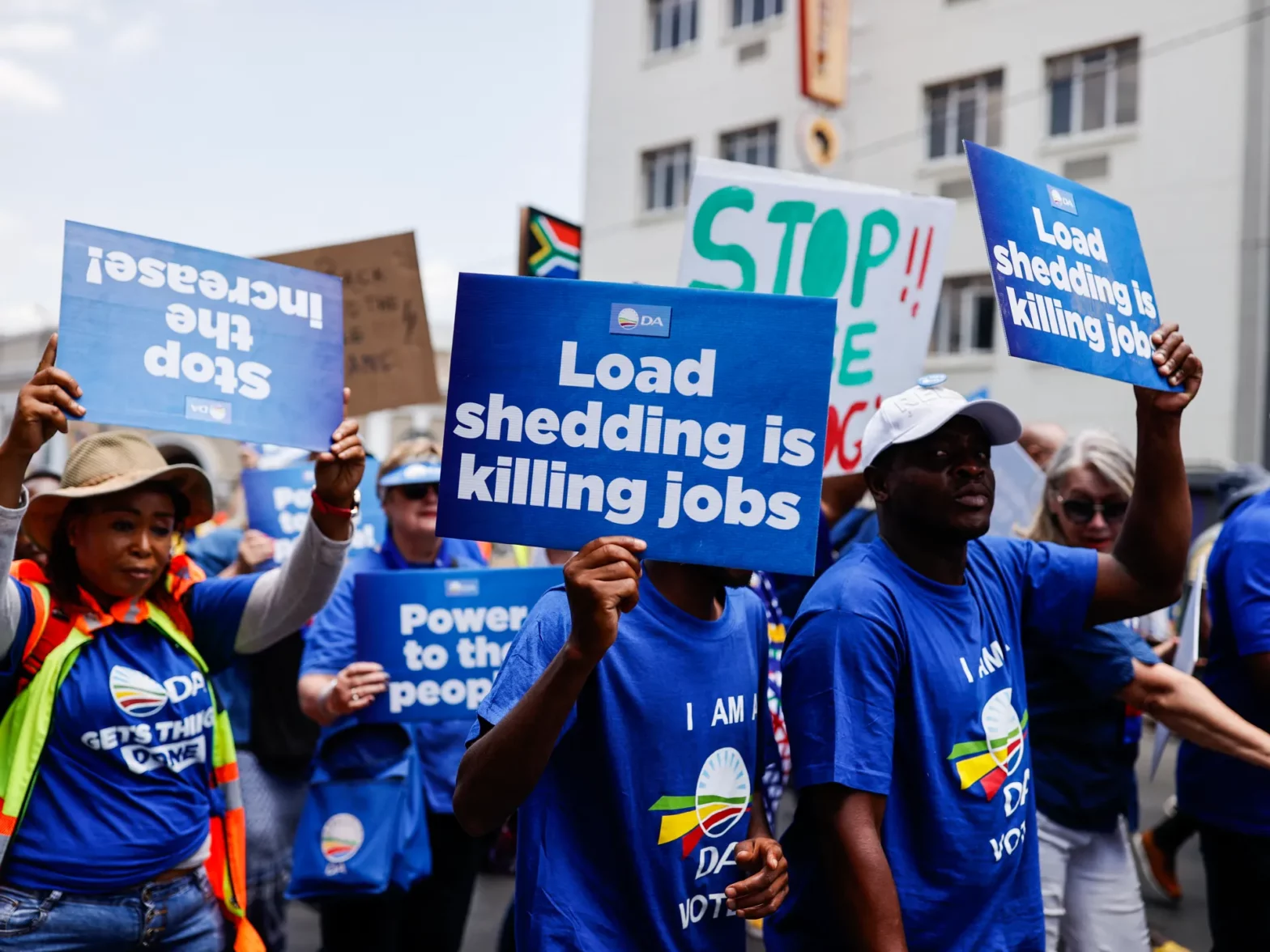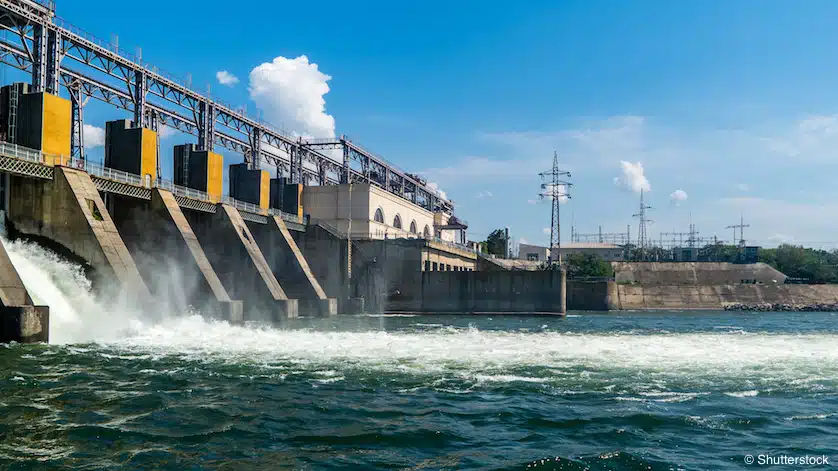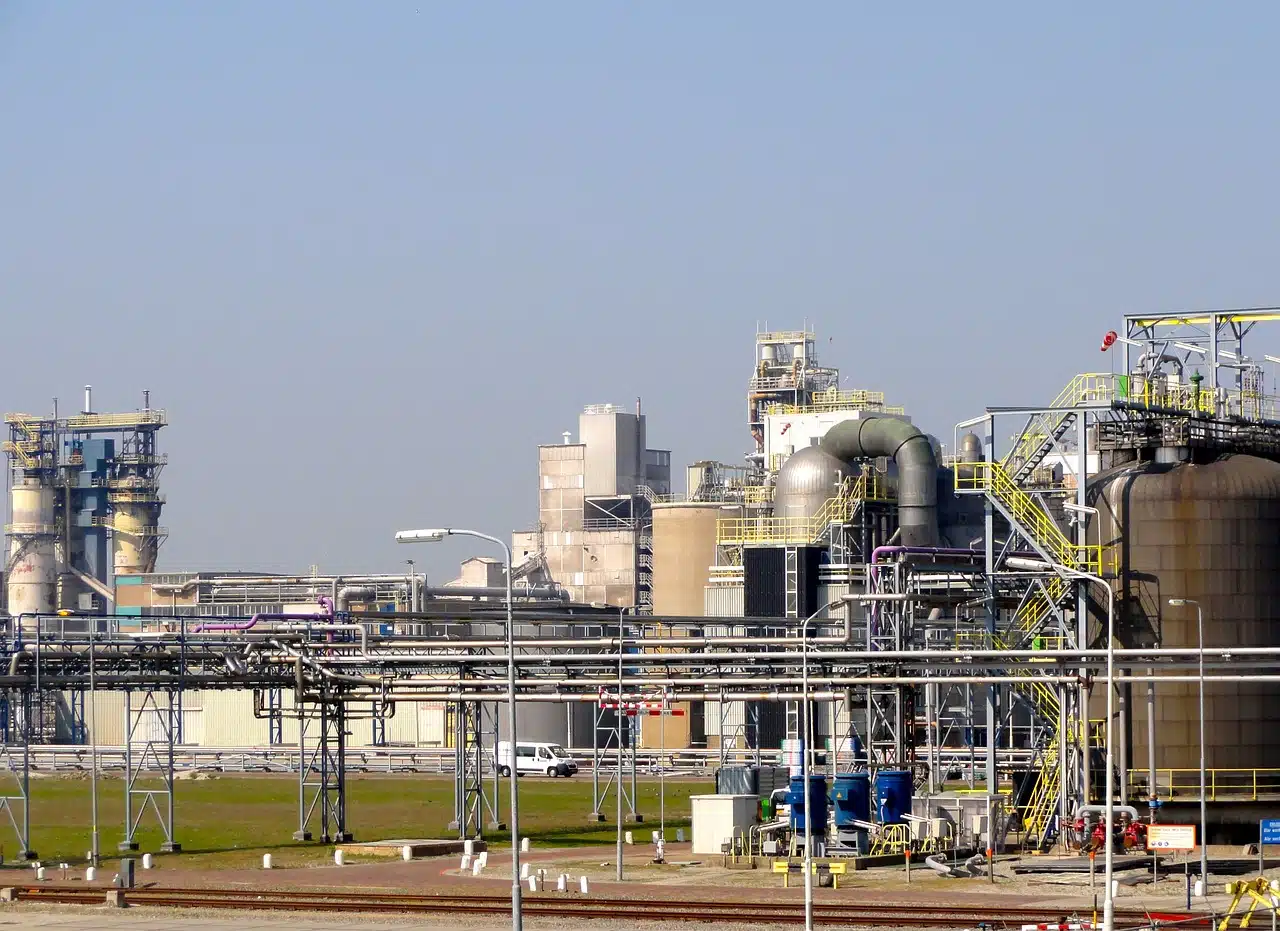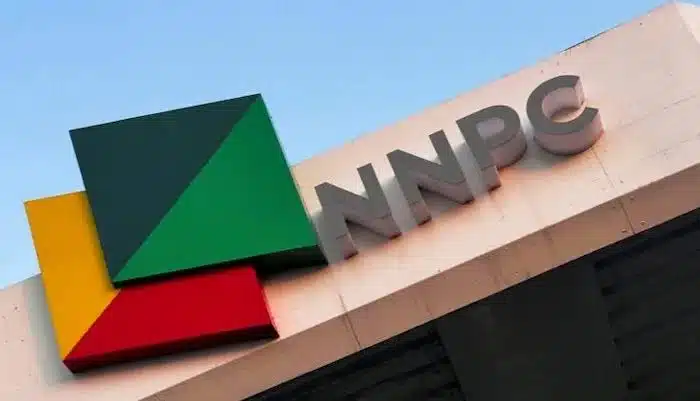On June 30, 2013, at the University of Cape Town, South Africa, then-President Barack Obama launched Power Africa.
The five-year American presidential initiative aimed to support economic growth and development by expanding access to reliable, affordable, and sustainable power across the continent.
The Power Africa Initiative, led by the United States Agency for International Development (USAID), created a multi-stakeholder partnership.
It brought together the US government, the African private sector, and the governments of Tanzania, Kenya, Ethiopia, Ghana, Nigeria, and Liberia.
Power Africa aimed to bridge the gap between Africa’s power shortage and its economic potential.
It worked with US international and African partners to boost power generation, improve transmission, and expand mini-grid and off-grid solutions.
The new Donald Trump administration has moved to end Power Africa, terminating nearly all its programs and dismissing most of its staff.
With the initiative now shut down, its dedicated website has been removed from the Internet.
This is one the latest efforts by the Elon Musk-led Department of Government Efficiency (DOGE) to curtail what President Trump says is “reckless government spending”.
Moreover, USAID, which supervised Power Africa, is the first high-profile target in DOGE’s push to cut federal government spending.
Financial investments in Power Africa
Since the initiative began, the US government committed $7 billion to Power Africa.
This included $5 billion from the Export-Import Bank, $1.5 billion from the Overseas Private Investment Corporation (OPIC), and $285 million from USAID.
The African Development Bank also proposed an additional $3 billion.
Notably, the initiative partnered with major private sector players like General Electric, Heirs Holdings, Symbion Power, Aldwych International, Harith General Partners, and Husk Power Systems.
The African Finance Corporation (AFC) also committed $250 million for energy investments.
A look at Power Africa’s activities and impact in Nigeria
The initiative, initially meant to last for five years, spilled over to 12 years.
While its effectiveness is arguable, the initiative set ambitious targets and actually succeeded in some.
In Nigeria, the most recent major involvement of Power Africa was a $75 million technical assistance programme, formalised through a Memorandum of Understanding between USAID and the Ministry of Power.
Power Africa also launched a flagship program for health facility electrification and digital connectivity in sub-Saharan Africa.
The program was known as Health Electrification and Telecommunications Alliance (HETA).
HETA aimed to align Power Africa with the private sector to enhance energy access and digital connectivity in health facilities.
The goal was to improve access to quality health services for all Nigerians while advancing national health and energy objectives.
Through Power Africa, over 33 million Nigerians have been connected to power.
In addition, About $4.5 billion has also been mobilized for on-grid and off-grid power projects in Nigeria.
More than 200 private companies in the off-grid sector have benefited from this support.
According to a Power Africa’s 2023 report, a feasibility study funded by the US Trade and Development Agency (USTDA) laid the groundwork for 95 mini-grids.
Of these, 80 were designed for community use, while 15 were set aside for commercial, industrial, and institutional clients.
In addition, Power Africa, through USAID, in partnership with the Tony Blair Institute, has played a key role in driving Nigeria’s National Mass Metering Program.
Together, they coordinated the procurement of six million meters — with 50% installed or financed — bringing the country closer to its goal of expanding electricity access and improving distribution efficiency.
Power Africa also launched the Growing Green Jobs for Women initiative, with a goal to train approximately 500 women for successful careers in Nigeria’s energy sector.
The initiative also launched the Elevate Women’s Solar Installation Certification Course, upskilling 30 women in Nigeria for Clean Energy Skills certification.
Furthermore, Power Africa also provided new or improved electricity to nearly 200 million people across sub-Saharan Africa.
What Nigeria stands to lose
Generally, the shutdown of Power Africa has put a ₦115.2 billion (about $75 million) U.S. government-funded technical assistance program for power sector development and reforms in limbo.
These funds were intended to drive electricity sector reforms, promote market transparency, and expand access to sustainable, reliable, and affordable power for Nigerians.
Power Africa, through its Nigeria Power Sector Support Programme (NPSP), played a key role in supporting Nigeria’s Rural Electrification Agency.
It helped the agency access innovative private sector financing that provided clean, safe, affordable, and reliable electricity to markets, shopping centers, and industrial facilities across the country.
With shutdown of the initiative, U.S. support for energy investment in Nigeria faces a significant setback.
With Power Africa’s support, the Rural Electrification Agency (REA) accessed private sector financing for the Energizing Economies Initiative (EEI).
This enabled the rapid deployment of off-grid electricity solutions, laying the groundwork for future interconnected mini-grids.
Without Power Africa’s backing, Nigeria risks losing momentum in implementing these innovative energy solutions, among others.



